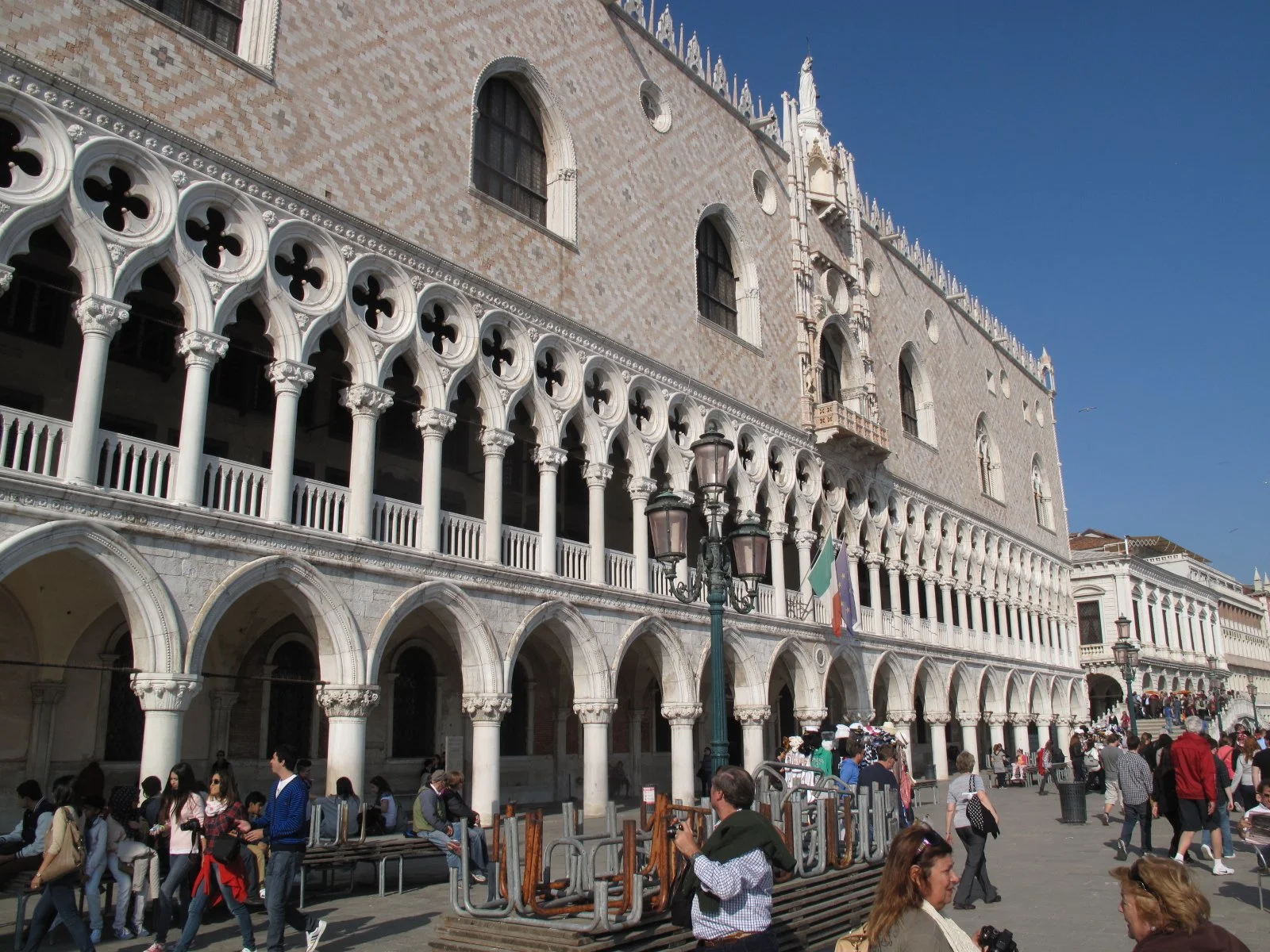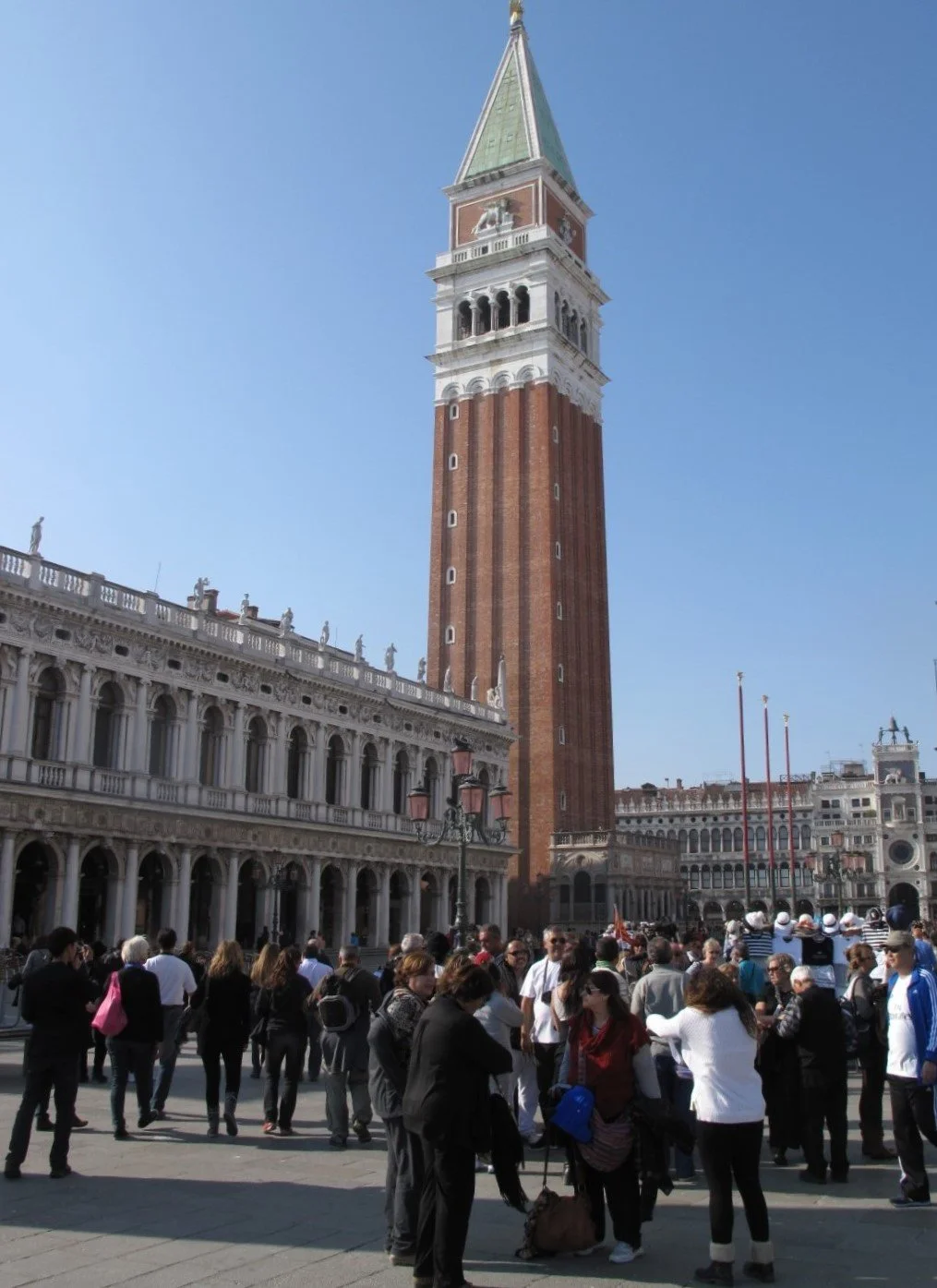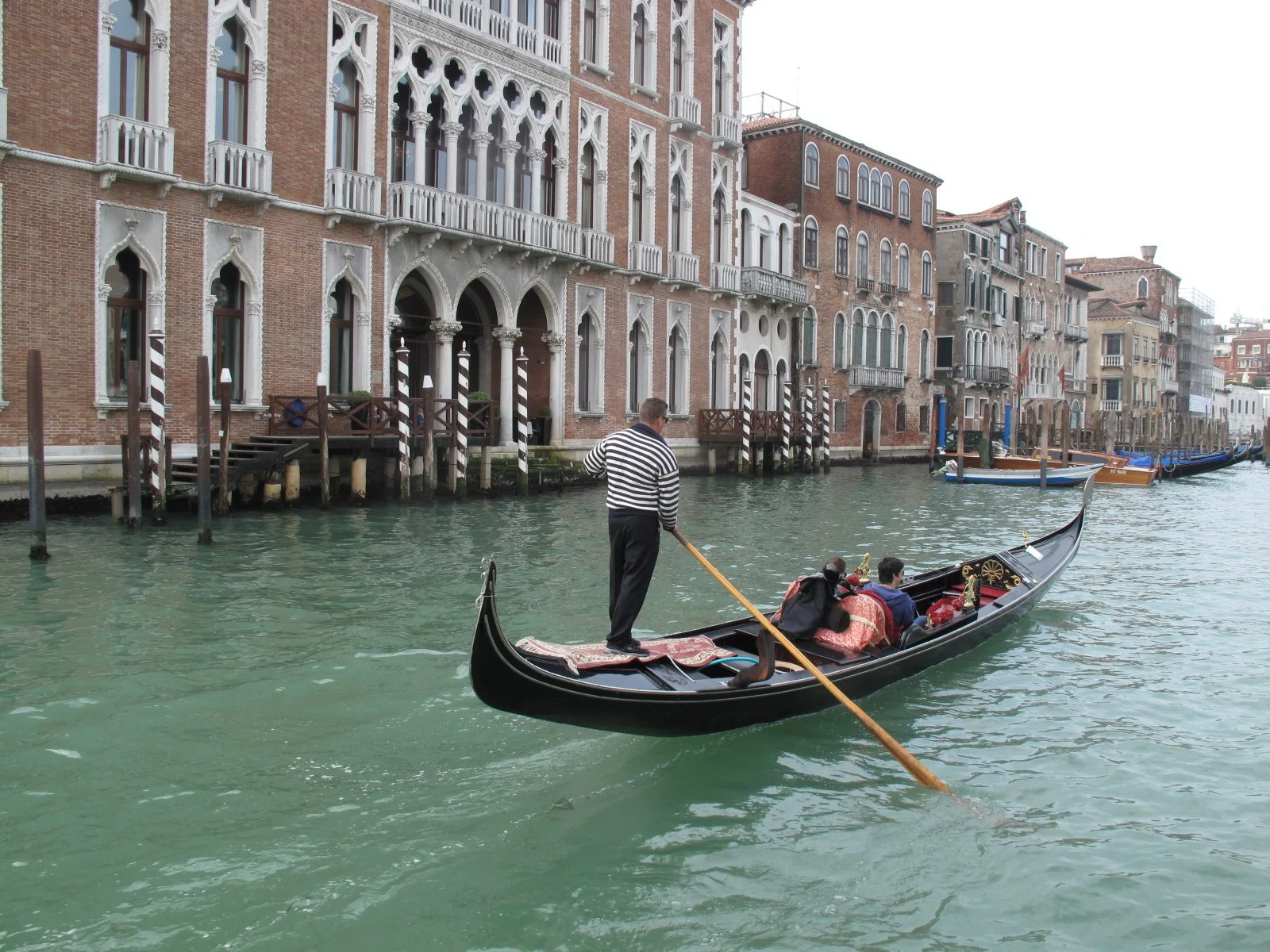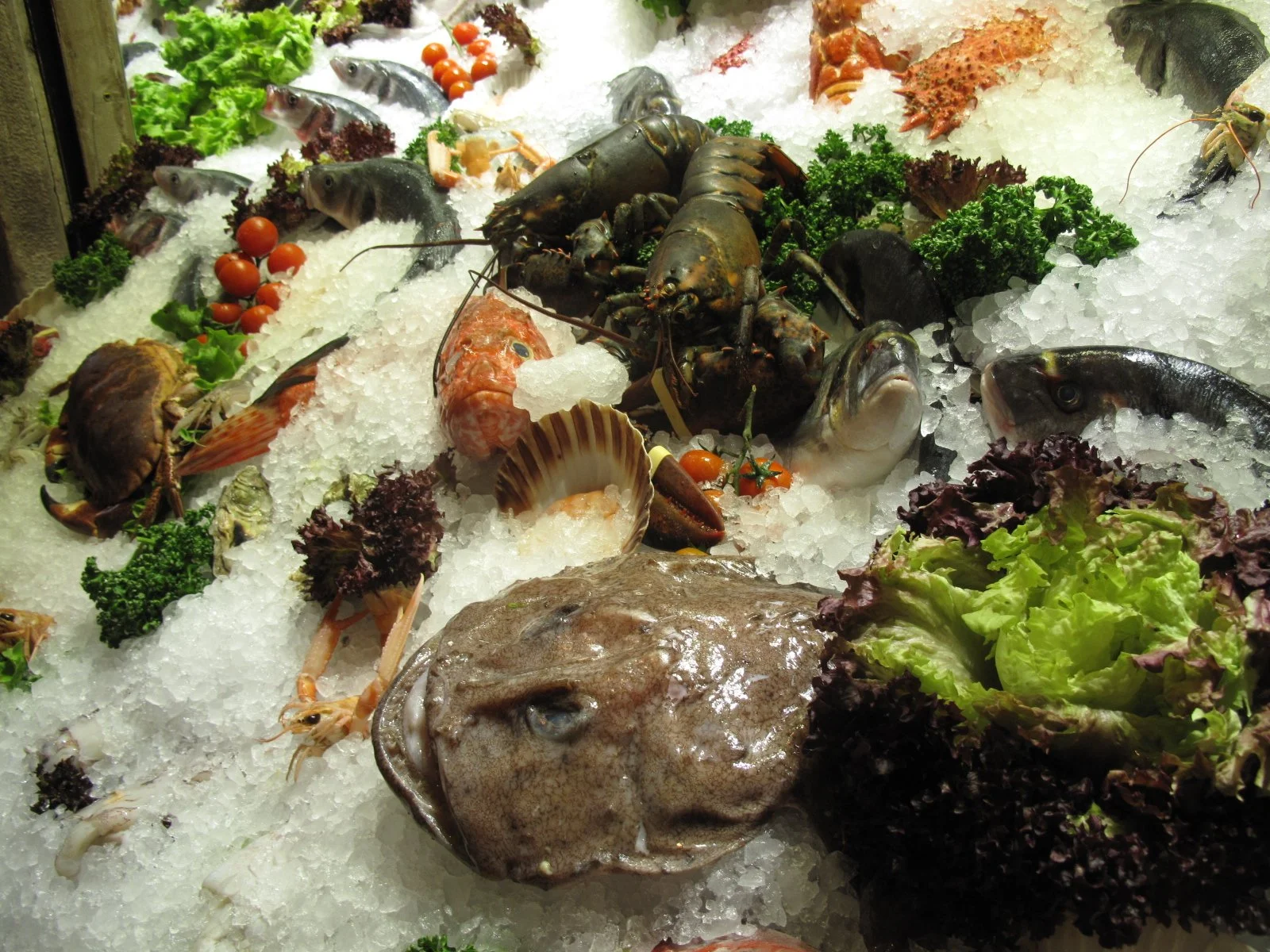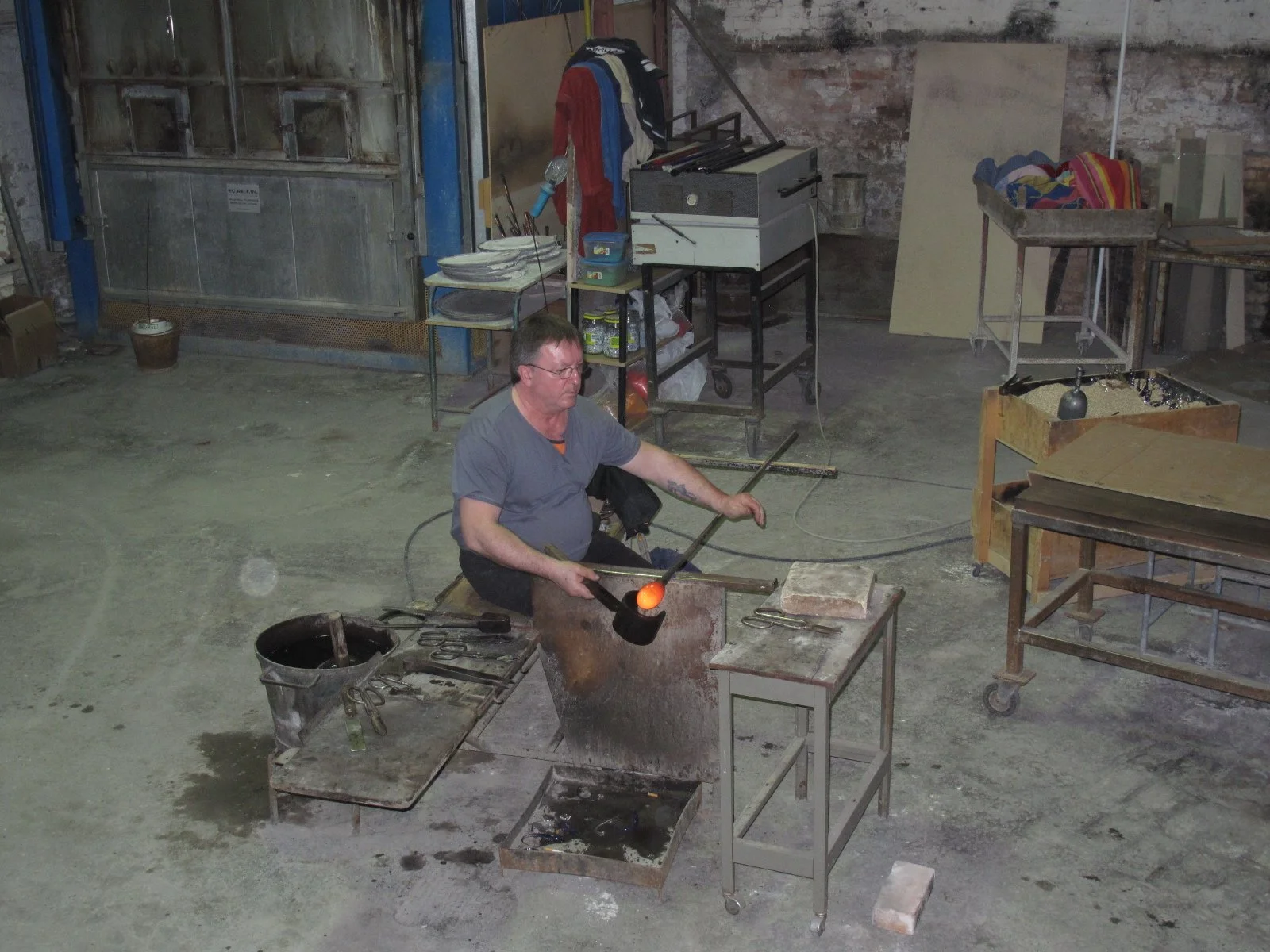Italy. Galileo’s Telescope and the Doge of Venice
With its sprawling network of canals, pedestrian footpaths, bridges, and islands, Venice is a challenging place to navigate on foot. Located in northern Italy and along the Adriatic Sea, Venice has been called “City of Canals” and “The Floating City.” Its oldest part is a collection of 118 islands linked by 438 bridges. Historians believe that Venice was founded by Romans fleeing Germanic invasions during the 2nd century AD. Ruling in concert with a senate-like assembly of nobles, the city-state’s first doge (leader) was elected in 697. Between the 9th and 12th centuries Venice controlled a powerful naval and commercial empire involved in trade that linked western Europe with the rest of the world. The city-state’s navy and coastal location made it a launching point for crusading armies including forces of the 4th Crusade that sacked the Orthodox Christian capital of Constantinople (now Istanbul) in 1204. By the late 13th century, the city was the most prosperous in Europe, boasting a fleet of more than 3,600 ships. The decline of Venice began with devastation brought about by the Black Death during the 14th and 15th centuries. At about the same time, Portugal was emerging as a naval power and trading rival. French Emperor Napoleon Bonaparte conquered Venice in 1797. Eight years later, the city became part of Napoleon’s Kingdom of Italy.
Venice was built on alluvial silt deposited by river discharge. The city’s unique geography has contributed to problems including ground subsidence caused by the extraction of freshwater from the underlying aquifer. Another persistent threat are flood tides from the nearby Adriatic Sea, especially during autumn and early spring months. In November 2019, water levels that peaked at 1.87 meters above normal, covered 80% of the city. Along with tourism (averaging 60,000 visitors per day), the city’s industries include ship building, trade, and services. Our hotel was close to Doge’s Palace (aka Palazzo Ducale). Historically, Doge Palace hosted government offices and served as a home for the elected leader of the Republic of Venice. The Doge presided over two empires, one in Italy and a second that included ports distributed across the Mediterranean, Black Sea, and Adriatic. Constructed on St. Mark’s Square in 810, Doge’s Palace was destroyed by a fire and reconstructed in 1340. Above the palace’s stone colonnade are Gothic quatrefoil openings cut into white Istrian stone. Damaged by other fires in 1483 and 1547, the palace became a museum in 1923.
One of the most iconic structures on St. Mark’s Square is St. Mark’s Basilica campanile (bell tower). Work to construct the first campanile began in the 10th century. In 1609, the inventor Galileo Galilei demonstrated a telescope from the campanile in the presence of Doge Leonardo Donato and several nobles. With a height of 100 meters, the current tower was built in 1912 to replace the original structure that collapsed in 1902. Consecrated in 1681, Santa Maria della Salute (aka La Solute) is a Roman Catholic church and minor basilica that honors Santa Maria (aka the Virgin Mary). It is believed that praying to an icon of the Virgin Mary in the basilica helped end the 1603 plague. Designed in an octagonal shape and featuring two large domes and two bell towers, the church was built from Istrian stone over a platform resting on thousands of wooden pilings.
A trip to Venice is incomplete without a gondola ride, so we arranged for a private boat and guide to tour the Grand Canal (aka Canalazzo). The largest channel in Venice and a major corridor for carrying people and commerce, the Grand Canal is 3.8 kilometers long and 30 to 80 meters wide. From high above it looks like a reverse “S.” Along the canal’s banks are 170 buildings, most dating from the 15th through 20th centuries. Some feature Venetian Gothic styles (broken pediments and decorative cornices) painted in bright colors. In contrast to other waterways in Venice, just four bridges cross the Grand Canal. Our gondolier was dressed in traditional clothing that included a striped shirt, red neckerchief, and wide-brimmed straw hat. Used since the 11th century, the gondola is a flat-bottomed boat propelled by a single oar not attached to the hull. The boat is pushed forward from its stern using a sculling motion that also controls direction. Eleven meters long, gondolas are constructed from hundreds of hand-crafted pieces of wood, often a mixture of oak, larch, elm, and cherry.
Another stop was the Rialto Fish Market (aka Mercato del Pesce al Minuto), located near Rialto Bridge. Spread over a bed of ice were rows of softshell crabs, spider crabs, squid, lobsters, clams, mussels, shrimp, and other types of fresh fish.
On our last full day in Venice, we took a water taxi to see Murano Island, located about 1.5 kilometers north of the old city. The island is known for factories that produce blown glass and for products such as enameled glass, glass with gold threads, optically clear glass, and multicolored glass. At least some of the fine glass produced there is used in chandeliers. Murano Island glassblowers held a monopoly on fine glass products for centuries. Concerned that glassmaking would cause a devastating fire, city leaders required all glassmakers to move to Murano Island in 1291.

